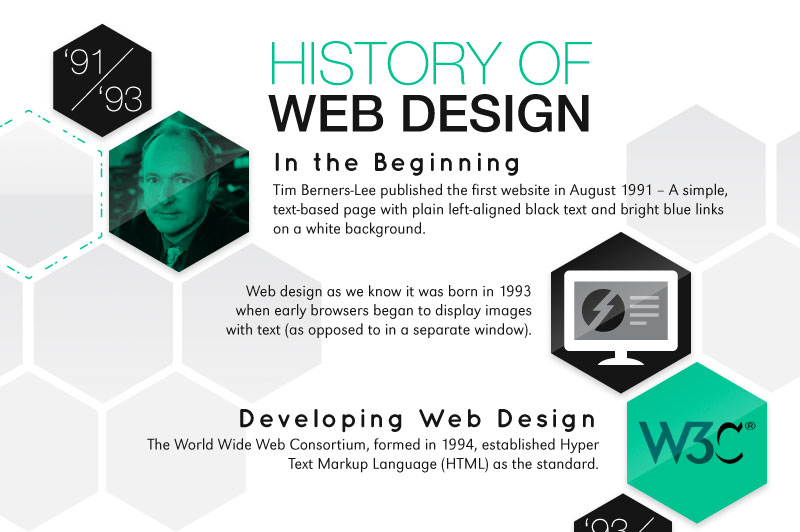Fundamental Elements Of Web Design: Standards For Creating A User-Centric Website
Fundamental Elements Of Web Design: Standards For Creating A User-Centric Website
Blog Article
Web Content Writer-Abildtrup Neville
When it comes to web site layout, making certain user-friendliness is vital. From receptive style to structured navigating, every aspect plays an essential role in producing a website that accommodates your target market's needs. However what about the better information that can make or damage a user's searching experience? Keep tuned as we discover some often-overlooked ideas that can elevate your site's functionality to the next degree, making it really stand out in the digital landscape.
Importance of Responsive Design
Responsive layout is an important facet of contemporary web site development. Ensuring your web site is receptive means that it can adapt to various display dimensions and gadgets, supplying a seamless experience for customers.
With the raising use of smartphones and tablet computers to access the net, having a responsive design is vital for getting to a broader target market. It assists in improving user experience by making your site easy to navigate and read on any type of device.
Additionally, responsive style can favorably affect your online search engine positions, as internet search engine like Google prioritize mobile-friendly internet sites. By having a receptive design, you're additionally future-proofing your site, as new gadgets with differing display dimensions continue to emerge.
Simplify Navigation Framework
To enhance user experience and assist in very easy accessibility to details on your website, streamlining the navigating framework is critical. When developing your site, concentrate on creating a clear and intuitive navigation food selection that helps visitors find what they're trying to find quickly.
Limit the variety of food selection things to the essentials, organizing associated pages together to stay clear of overwhelming users. Usage descriptive labels that clearly suggest the content of each page, making it easier for individuals to understand where each web link will certainly take them.
Think about carrying out dropdown menus for subcategories to prevent cluttering the major navigation bar. In addition, consist of a search bar plainly on the page for customers who choose looking for details details.
Prioritize mobile responsiveness in your navigating style to ensure simple gain access to on all devices.
Enhance Page Tons Rate
Improving page load speed is vital for keeping site visitors on your website. Slow-loading web pages annoy individuals and can result in high bounce rates. To enhance page lots speed, begin by optimizing images. Compress images without compromising quality to minimize their file sizes.
Furthermore, allow internet browser caching to keep regularly accessed resources in your area, quickening load times for returning site visitors. Minify CSS, JavaScript, and HTML data by getting rid of unneeded personalities, remarks, and format, enhancing load rate.
Take into consideration utilizing a web content distribution network (CDN) to disperse your website's content across numerous web servers worldwide, minimizing latency for individuals accessing your site from various areas. Lastly, website package pricing making use of third-party manuscripts and plugins, as they can substantially influence tons times.
Final thought
Finally, by integrating receptive style, streamlining navigation, and optimizing page lots speed, you can develop an easy to use website that interest a bigger audience and boosts customer experience. These essential elements guarantee that visitors can easily access and browse your website throughout different gadgets, causing increased engagement and contentment. By concentrating on these essential facets, you can develop a successful internet site that maintains individuals coming back for more.
